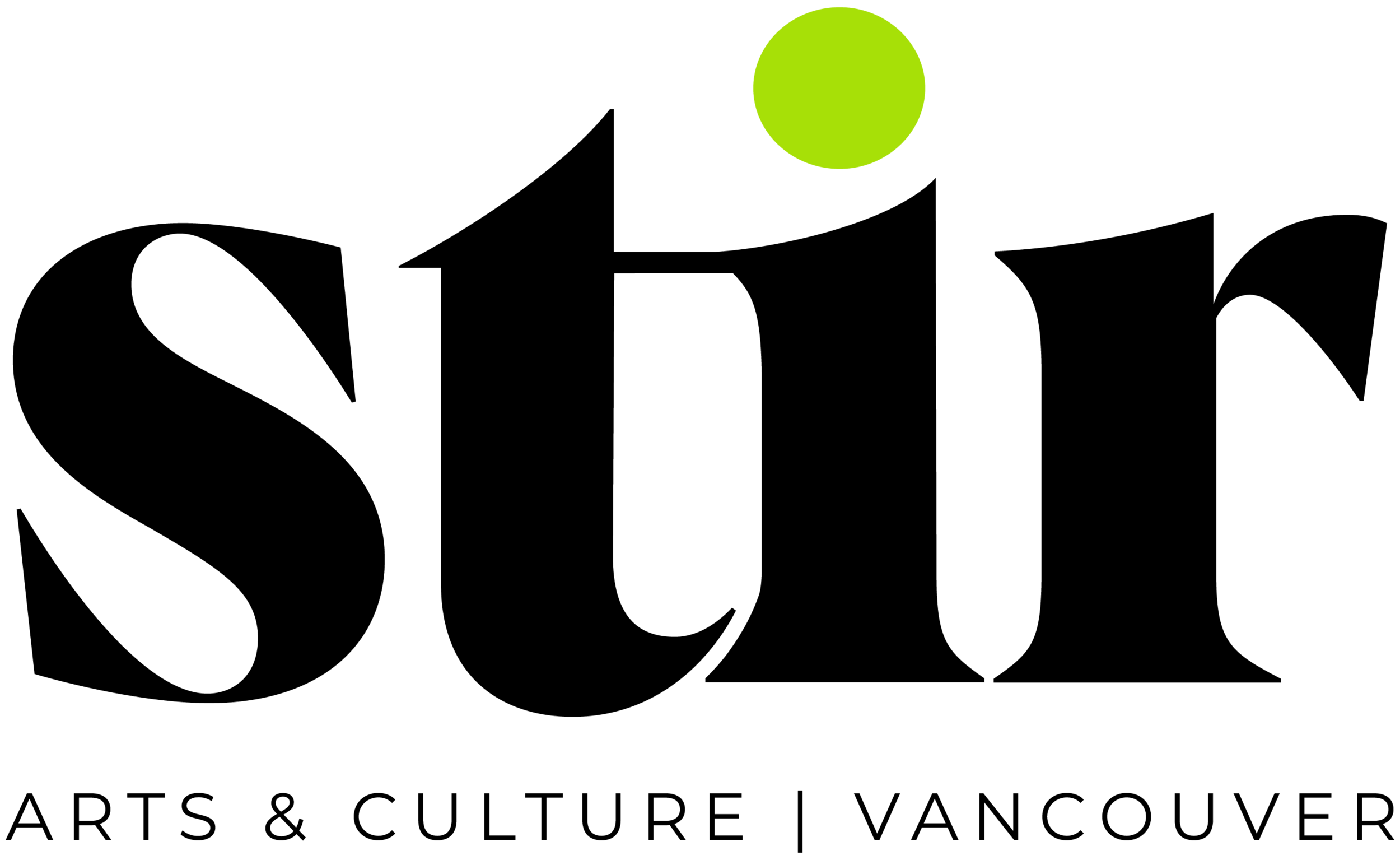All That Remains explores wounded relationship between body and environment, at the PuSh Festival
Italian-born, Denmark-based dance artist Mirko Guido creates hybrid of movement, sculptures, and sound performance
All That Remains. Photo by Christoffer Brekne
PuSh International Performing Arts Festival presents All That Remains at SFU Woodward’s Goldcorp Centre for the Arts on January 23 and 24 at 7:30 pm
WHEN DANCE ARTIST Mirko Guido was in the process of creating one of his latest works, All That Remains, he learned a symbolic lesson in the art of restarting. He had to allow his conceptual plans to fall apart in order to piece them back together in a way that made sense.
“Initially, I was interested in exploring a sense of in-betweenness through the body in relation with the surrounding space, and a kind of state of suspension,” Guido tells Stir by Zoom. “But I have to say that at the beginning, the process was more abstract and was more of a sensorial and physical exploration. There have been some events that situated the process more clearly, or at least gave other layers to the work. And one of these was the crisis of feeling that the process was not leading somewhere that was speaking to us—to me, and to the artistic team—so that was quite a moment of like, ‘Okay, how do we go back and where do we start from? What’s fundamental here?’”
Following that realization, Guido leaned into the teachings he came across in a lecture by philosopher Bayo Akomolafe about how to reinterpret the concept of a wound. Rather than categorizing a wound as a simple injury that needs to be fixed in order to regain normality, he began to think of a wound as a sign to slow down and observe whether a new course of action could be possible.
“The wound is something that we can perceive on our bodies,” Guido explains. “But then we can also think of extending that sense of a wound into the landscape. For me, this started to click, this relationship with the space around us, and the state of a wounded relationship between the body and our environment.”
All That Remains is making its North American premiere at this year’s PuSh International Performing Arts Festival, onstage at SFU Woodward’s Goldcorp Centre for the Arts on January 23 and 24. The final work incorporates movement, sculptural installations, and sound performance as dancers Elisa D’Amico, Zen Jefferson, Roosa Törma, and Eliott Marmouset navigate a desolate terrain, investigating how a wound can influence a body’s interactions with its environment. Guido describes the whole thing as texturally mesmerizing.
Born and raised in Italy, Guido has spent the past two decades travelling for his dance career. He lived in Switzerland, Germany, and Sweden (where he was a member of Cullberg Ballet and received his master’s degree in new performative practices from Stockholm University of the Arts) before settling in Aarhus, Denmark about four years ago, where he’s currently an in-house artist at Bora Bora – Dance and Visual Theatre.
After deciding to proceed with an exploration of wounds in All That Remains, Guido began collaborating with Danish visual artist Søren Engsted, who created sculptures for the piece made from a combination of found objects, industrial waste, natural elements, and synthetic materials. For the work’s PuSh Festival showing, visual artists Jaeden Walton and Taha Saraei—both recent graduates of SFU’s master’s of fine arts program—will make new iterations of the sculptures that both honour the land here on the West Coast and mourn the waste that is created upon it.
“Those objects, first and foremost, speak to the concept of remnants,” Guido says. “But it’s not just something left over, dead, and lifeless. On the contrary—because of the craft intervention, hybridizing, and particularity of the objects that the artists choose to work with—they also have a living transformative charge. They have a sense of agency in space. They are standing, and they have a state of responsiveness to the bodies.”
Mirko Guido. Photo by Katrine Johansen
Guido’s choreographic process is incredibly collaborative; rather than giving the dancers cut-and-dry steps to execute, he taught them a series of movement scores to draw from each time they perform All That Remains. As such, the work is part structured choreography, part planned improvisation, which means it never looks exactly the same from show to show.
The dancers are also working with sound performance using eccentric vocals inspired by the late composer Pauline Oliveros’s sonic meditations from the 1960s. Microphones hanging around the stage capture the live sounds, which are transformed into spatial resonance using technology. Composer Fredrik Arsæus Nauckhoff then integrates the resonances into his electronic soundscape for the piece.
“What was interesting for me in that process was creating another layer of materiality that would travel through the bodies and extend into space,” Guido says. “The repetition of the vocal resonances creates a sense of potential for healing.”
The dance artist often displays his choreography in unexpected contexts, such as art galleries, museums, and public spaces. Take The Longest Gap, a three-hour performance in the atelier of Denmark’s ARoS Aarhus Kunstmuseum that explored the way visitors move throughout a museum space; or ThisPlace, in which six artists performed along a path stretching from the mouth of the Aarhus River to a meeting point in the Marselisborg Forest. All That Remains continues those cross-disciplinary explorations by bringing art-installation elements into a black-box theatre context.
“Everything is a negotiation of boundaries,” Guido says, “so that’s where I bring my attention. It’s between the body, the space, the materials that are used, and the public—but also between individual and collective experiences, or between identity and existence, and so forth….Instead of choreography that places the body at the centre and everything supports that, the spectacle supports the presentation of movement through the body. I’d rather shift the attention of the body from existing to coexisting.” ![]()


























